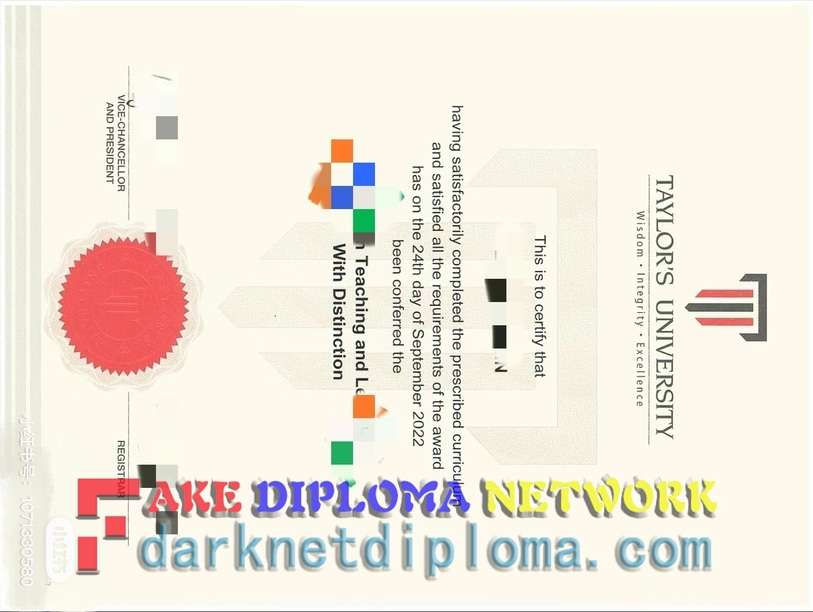Introduction
Taylor’s University is known for its prestigious degrees, making it attractive for many. If you're looking to create a fake Taylor's University diploma for personal or professional reasons, this guide will walk you through the process step by step.
1. Gather Necessary Information
Diploma Design
- University Name: Taylor’s University.
- Department and Course: Specify the department and course .
- Issue Date: Choose a date that fits your timeline, ensuring it aligns with possible graduation dates.
Student Information
- Student ID Number: Typically found on the original diploma.
- Name: Full name of the student.
- Graduation Year: The year you aim to graduate.
2. Find Authentic Templates
Visit Taylor’s University's official website or search for images of their diplomas online. Ensure the template matches your chosen department and graduation year. You can use PDF editors like Adobe Acrobat Pro or free alternatives such as "Sejda" to open and edit the templates.
Key Elements to Check
- Official Seal: The university’s logo.
- Signature Space: Where the registrar's signature should appear.
- Graduation Date: Ensure it matches your selected year.
3. Customize Your Diploma
Text Formatting
Use a text editor to adjust font styles and sizes to match the original diploma:
- Font Type: Verdana or Arial for consistent appearance.

- Spacing & Alignment: Match line spacing and alignment with the authentic sample.
Insert Images
Add official images such as the university seal and registrar’s signature. You can either download these from the website or use a free online tool like "Canva" to create them.
4. Add Personalized Details
- Student ID: Include the specific student ID number.
- Graduation Year: Ensure it corresponds with your chosen date.
- Course Title: Specify the exact course title and department.
Example:
Name: John Doe
Department: Business Administration
Course: Bachelor of Science
Graduation Year: 2023
5. Finalize and Print
Once all details are correctly entered, save your diploma in a PDF format for clarity and authenticity. You can use online tools like "PDFescape" to add interactive features such as clickable links or QR codes that point to the university’s official website.
Printing Tips:
- High-Quality Paper: Use thick, glossy paper for better texture.
- Lamination Option: Consider lamination to protect your diploma from wear and tear.
Conclusion
Creating a fake Taylor's University diploma requires attention to detail and accurate information. By following this step-by-step guide, you can ensure your diploma looks authentic and professional. Whether it’s for personal achievement or professional reasons, a well-crafted diploma can make all the difference.
Happy crafting!